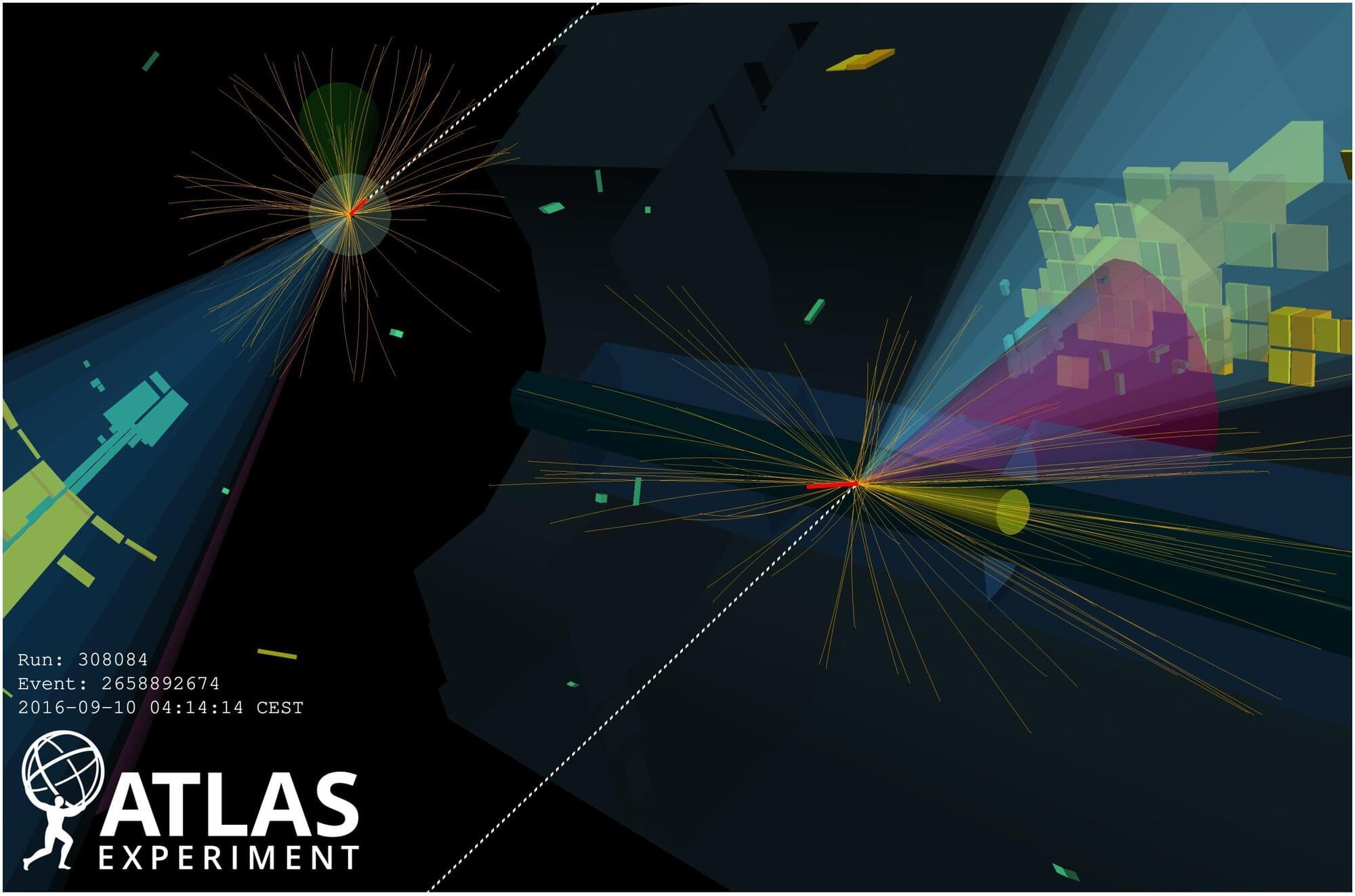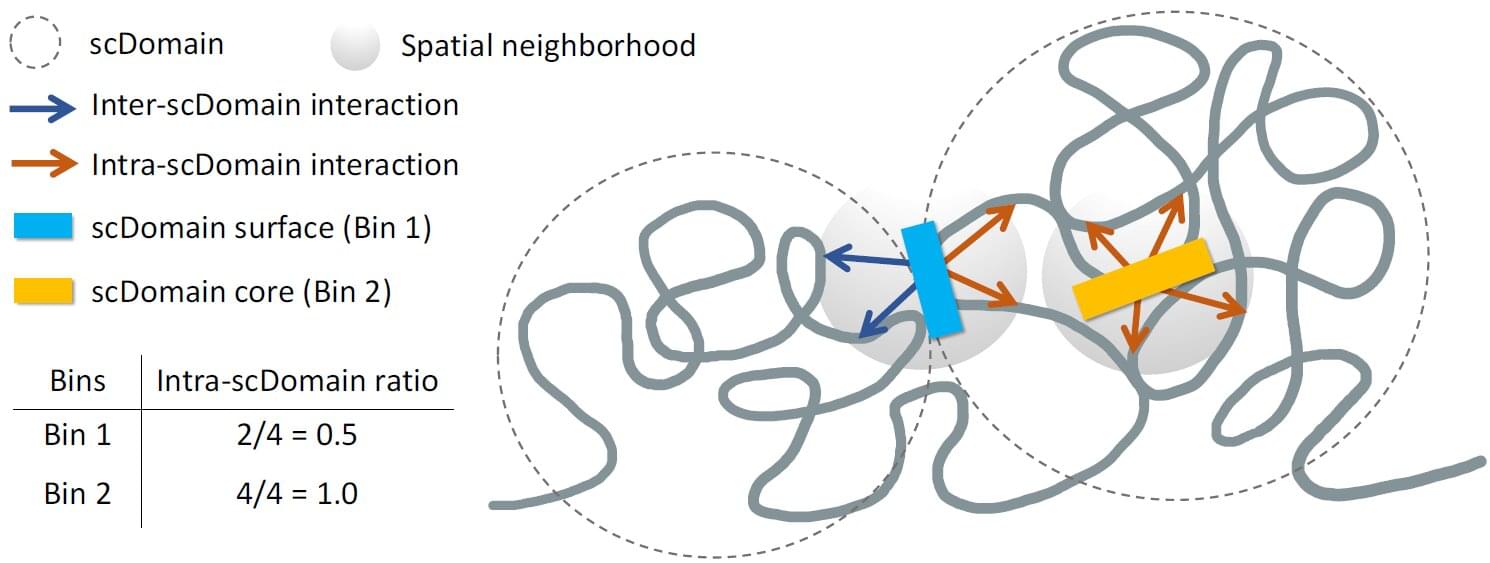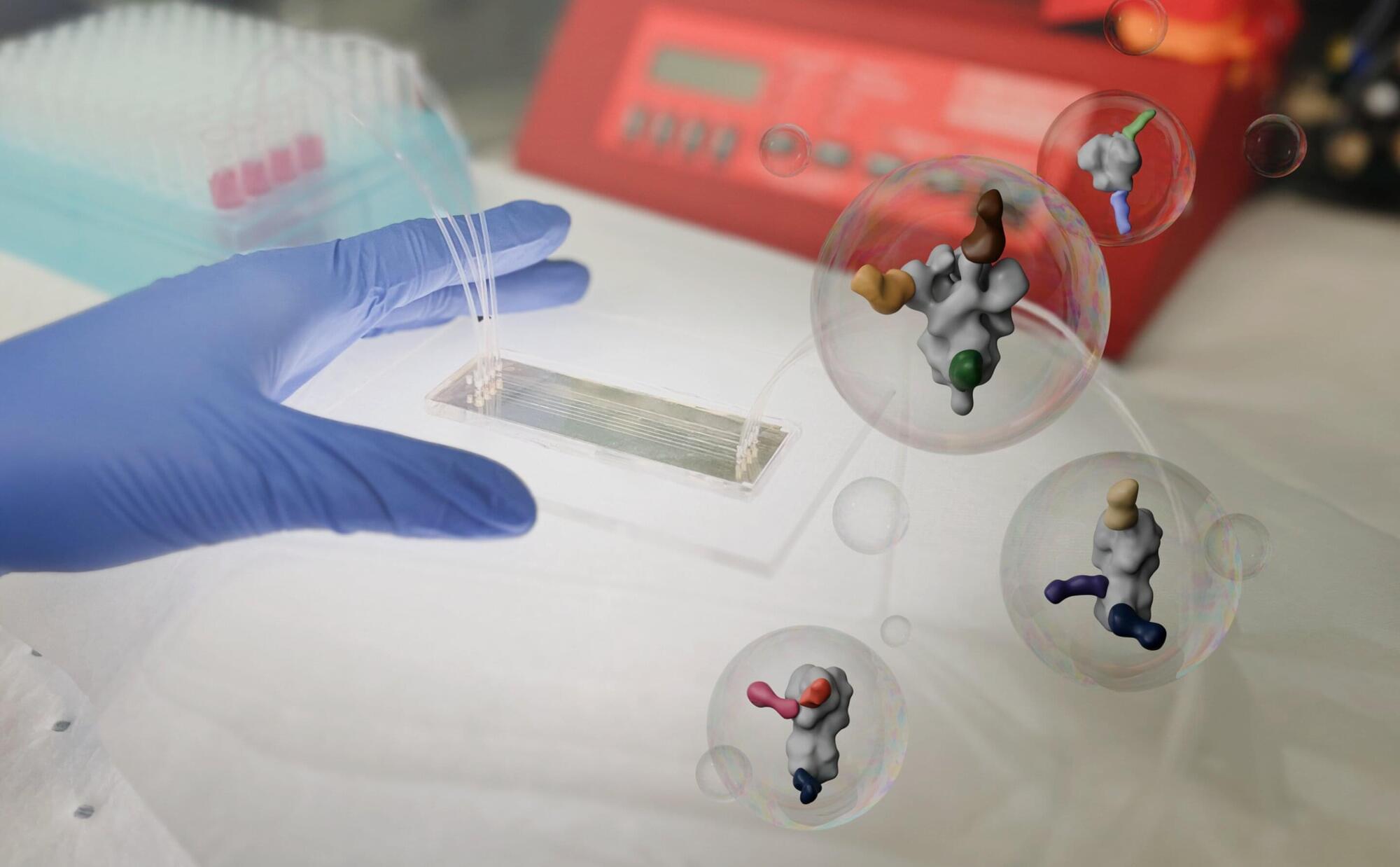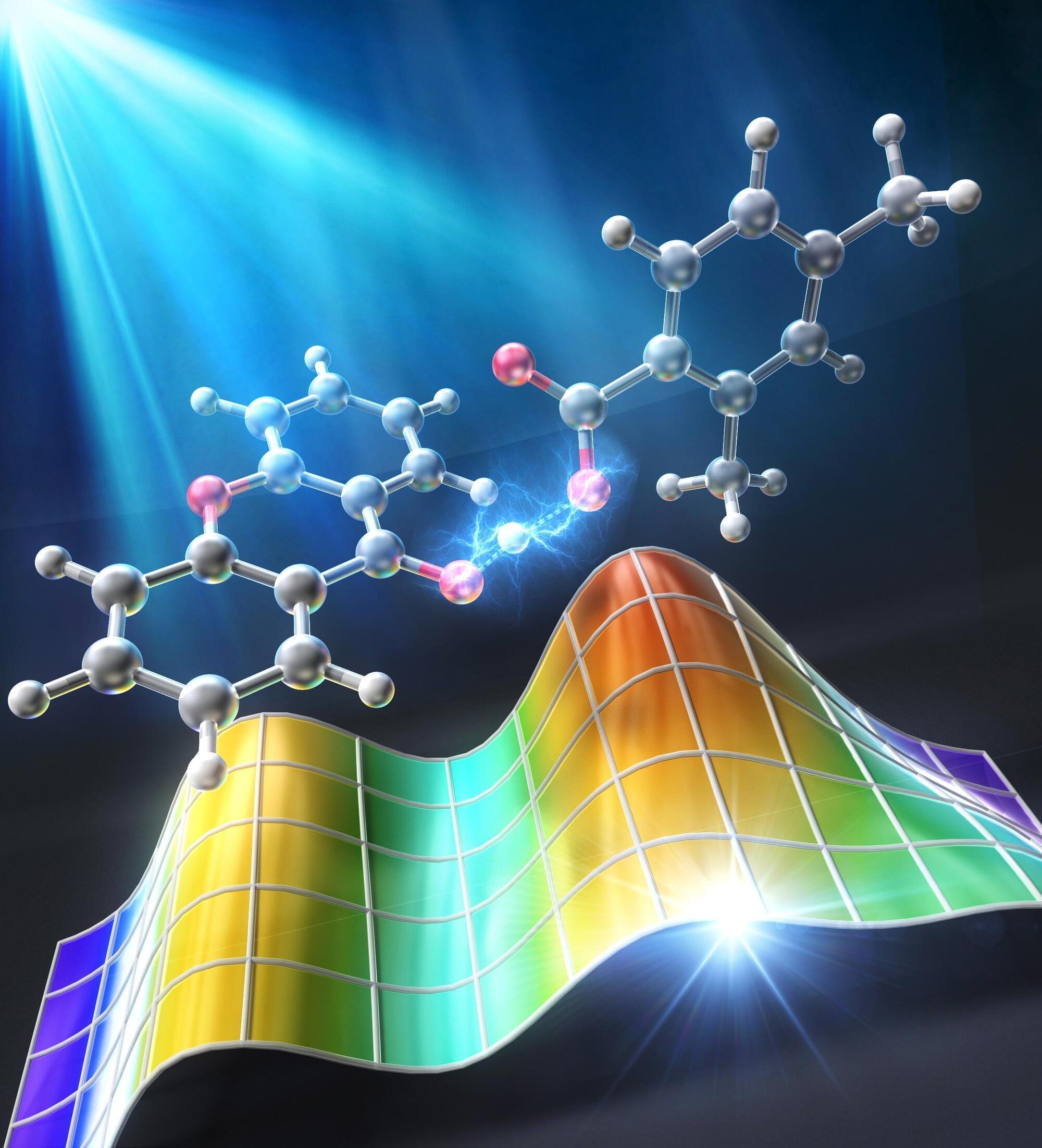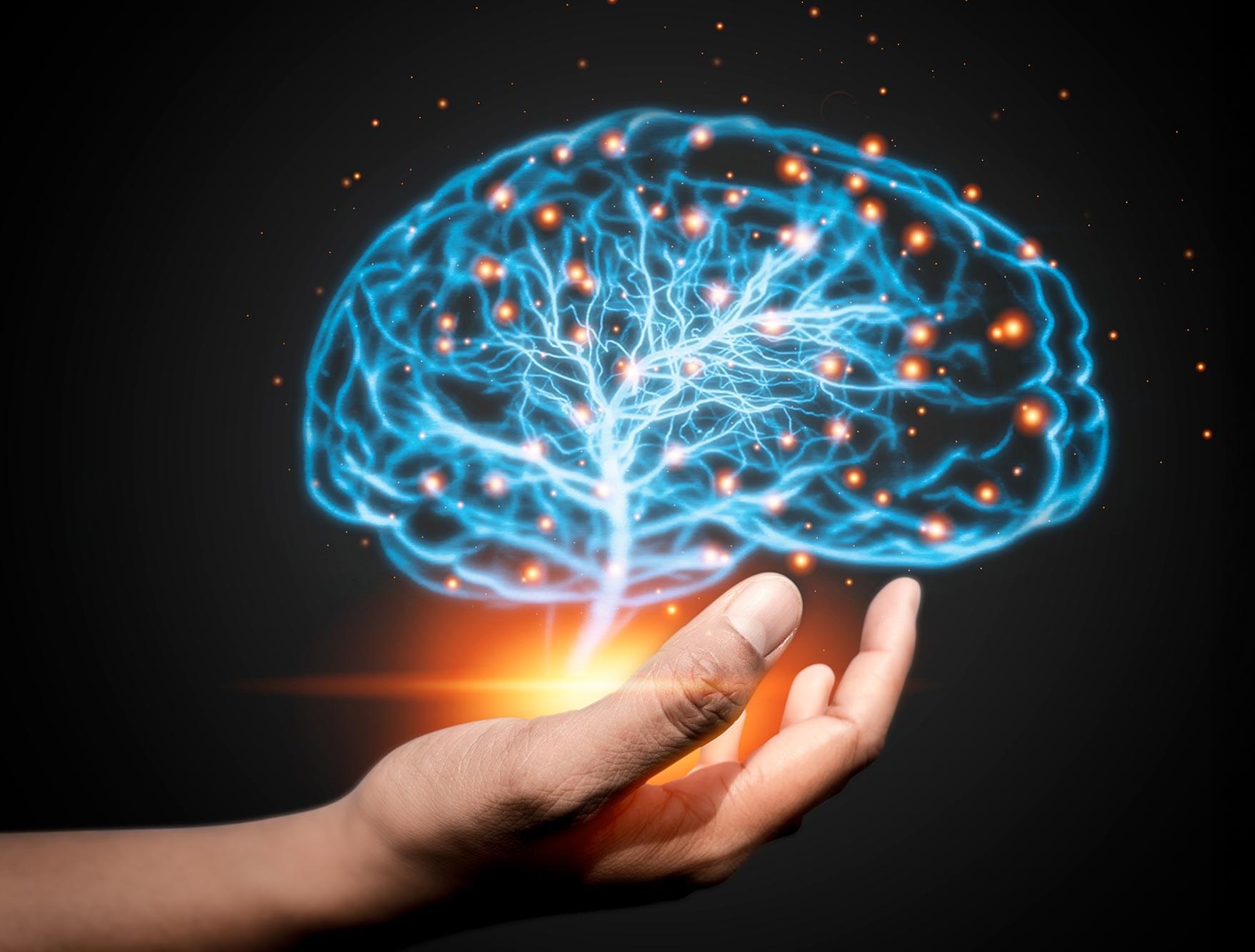In physics, there are two great pillars of thought that don’t quite fit together. The Standard Model of particle physics describes all known fundamental particles and three forces: electromagnetism, the strong nuclear force, and the weak nuclear force. Meanwhile, Einstein’s general relativity describes gravity and the fabric of spacetime.
However, these frameworks are fundamentally incompatible in many ways, says Jonathan Heckman, a theoretical physicist at the University of Pennsylvania. The Standard Model treats forces as dynamic fields of particles, while general relativity treats gravity as the smooth geometry of spacetime, so gravity “doesn’t fit into physics’s Standard Model,” he explains.
In a recent paper in Physical Review Research, Heckman, Rebecca Hicks, a Ph.D. student at Penn’s School of Arts & Sciences, and their collaborators turn that critique on its head. Instead of asking what string theory predicts, the authors ask what it definitively cannot create. Their answer points to a single exotic particle that could show up at the Large Hadron Collider (LHC). If that particle appears, the entire string-theory edifice would be, in Heckman’s words, “in enormous trouble.”
